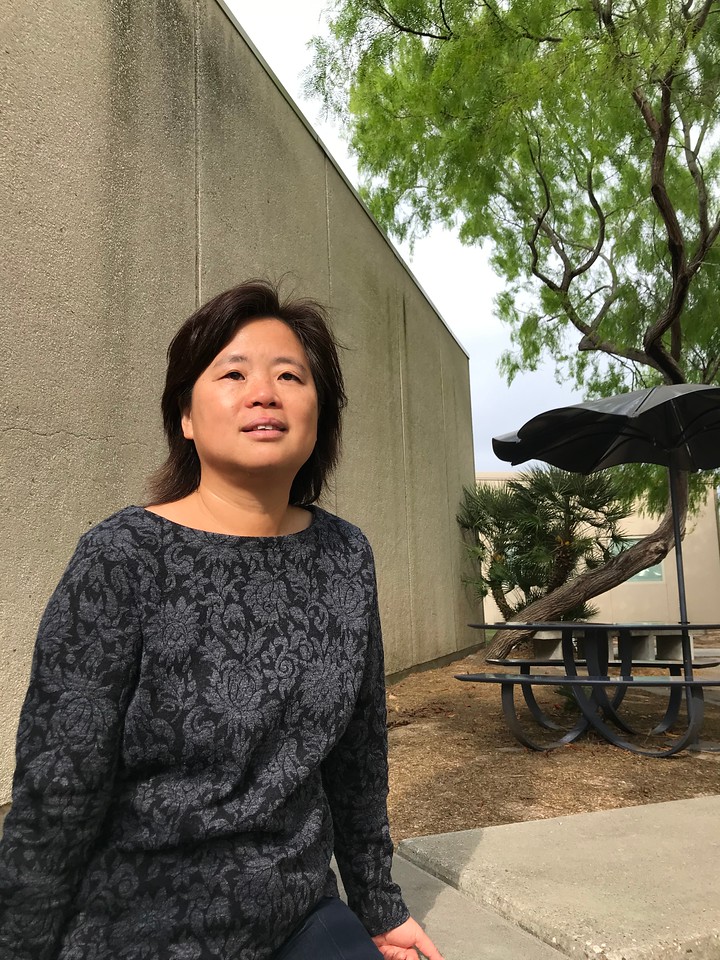CBI Researcher Studies Individual Vulnerability to Communicable Diseases
A study published by Texas A&M University-Corpus Christi researcher Dr. Yuxia “Lucy” Huang in 2012 shows striking similarities to today’s health crisis surrounding the COVID-19 pandemic.
Huang was joined by scientists from New York, Florida, Maryland, Georgia, the National Institutes of Health and South Korea in the study, which looked at how communicable diseases are transmitted from individual to individual following a network of contacts in a population. The study focused on dangerous communicable diseases, particularly severe acute respiratory syndrome (SARS) and H1N1 flu.
“The role of individuals in the spread of these diseases is critical,” said Huang, Associate Professor of Geographic Information Science and coordinator of the Geospatial Systems Engineering Program in the Department of Computer Sciences. Huang, who came to Texas A&M-Corpus Christi in 2008, also is a research scientist in the Conrad Blucher Institute for Surveying and Science.
The study examined who might be at risk, where and when the risk occurs, and with whom these at-risk individuals might be in contact. The findings were then used in the development of health policies to control and prevent the spread of diseases, based on different scenarios.
The study simulated the population using Census data. It looked at where people would be during three times each day: daytime, pastime and nighttime. Location also was considered, whether at home, at a workplace, or at another location, such as a shopping mall or church. It also considered weekend behaviors, with the goal of mimicking the actual situation as much as possible.
“You need to build up this social network to figure out who contacts whom, where and when. That’s the critical part,” Huang said, “so we can know who are at risk, and when and where those people may be at risk of becoming infected. Because the study was based on individuals’ behaviors, we can check each person’s trajectory.” The study also looked at how likely each person was to become infected.
Huang agrees with the steps that have been taken with the COVID-19 epidemic.
The study noted that transmission of communicable diseases depends on three considerations: the contact of susceptible individuals with an infectious individual, the infection probability of these susceptible individuals, and the types of protective actions they take once they develop symptoms.
“If people practice social distancing, it will help prevent the disease from spreading,” she said. With family members living in China, Huang has seen how a population under pressure from a rapidly spreading disease can take action to slow its progress. Her brother and parents live in China, and endured long periods of quarantine as the country weathered the illness.
Taking steps to limit person-to-person contact is just as important in this country, and Huang feels the University is well-prepared for a transition away from face-to-face classes.
“The University provides fantastic support for faculty through the Office of Distance Education and Learning Technology for online teaching,” Huang said. “The resources are great.” Huang is a member of a campus committee that meets regularly to offer support for faculty members and offer strategies for successful online education.
Originally published on TAMU-CC website. By Darrell Pehr | Published: March 20, 2020

